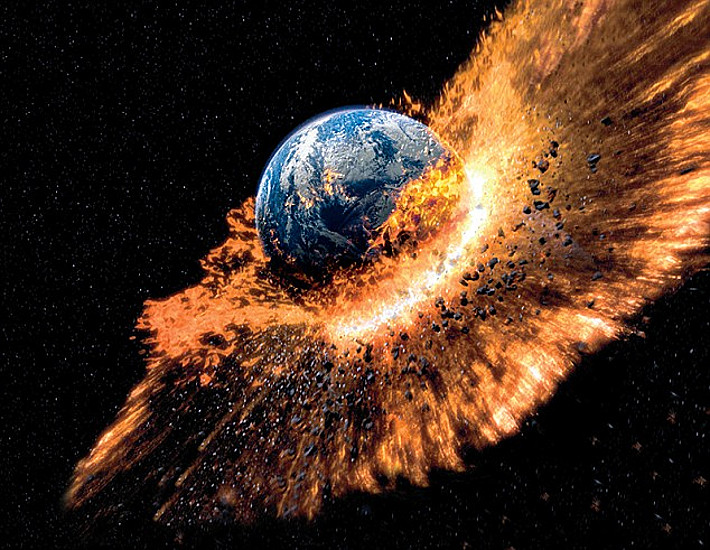The U.S. government wrote a helpful blog post on Monday titled, "Scary Rumors About the World Ending in 2012 Are Just Rumors."
The
post on USA.gov says NASA scientists have received thousands of letters
from people convinced that the world will end on Dec. 21, based on a
misunderstanding of the ancient Mayan calendar that's been promulgated
in doomsday message boards online. Some people think a giant comet will
strike Earth that day, others that we are about to collide with another
planet. A NASA scientist said he's received several letters from young
people contemplating suicide because they believe the apocalypse is
coming.
"The world will not end on December 21, 2012, or any day in 2012," the post says.
NASA released a video earlier this year explaining that the Mayan calendar
does not actually predict the end of the world on Dec. 21, and that the
myth that the planet "Nibiru" is heading toward Earth is easily
disproved because astronomers have detected no such planet. America is
not alone in trying to placate nervous doomsayers. The Russian
government has made similar assurances to its people that the end of the world is not nigh,
and authorities in France are planning to block access to a southern
mountain which believers think could serve as a mystical place of refuge
on Dec. 21.
Some doomsday
groups are capitalizing on the fear by spreading the Dec. 21 myth
online. A Belgian amateur astronomer named Patrick Geryl has set up an
online community for people who follow him and believe the world will
end in three weeks. He tells followers to stockpile 15 to 20 pairs of
shoes and to be in good physical shape. Geryl declined an interview
request, saying over email, "No time for interviews. ... Want to enjoy
last weeks of our civilization."


























 Earth, as seen in the Blue Marble: Next Generation collection of images, showing the color of the planet's surface in high resolution. This image shows South America from September 2004.
Earth, as seen in the Blue Marble: Next Generation collection of images, showing the color of the planet's surface in high resolution. This image shows South America from September 2004.